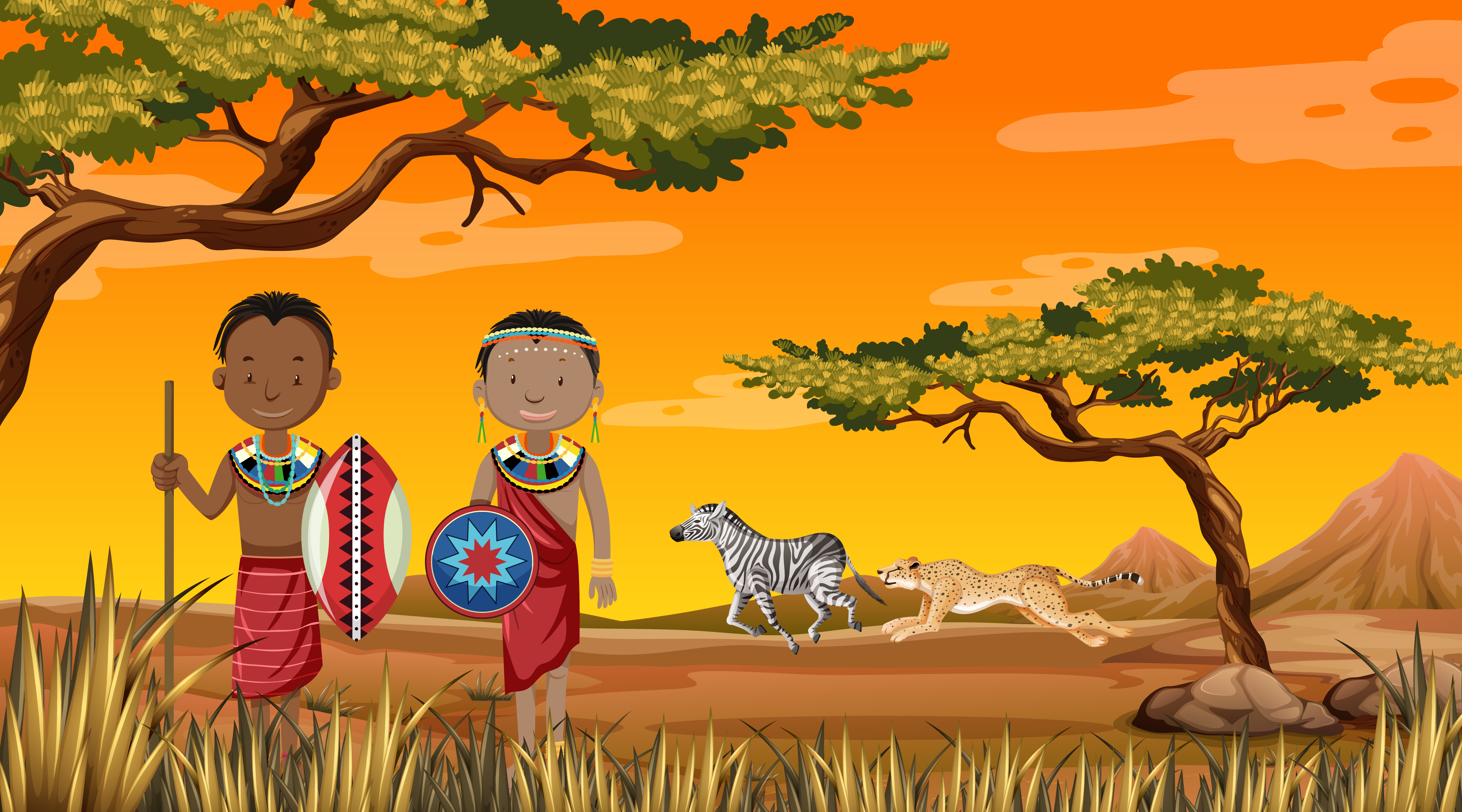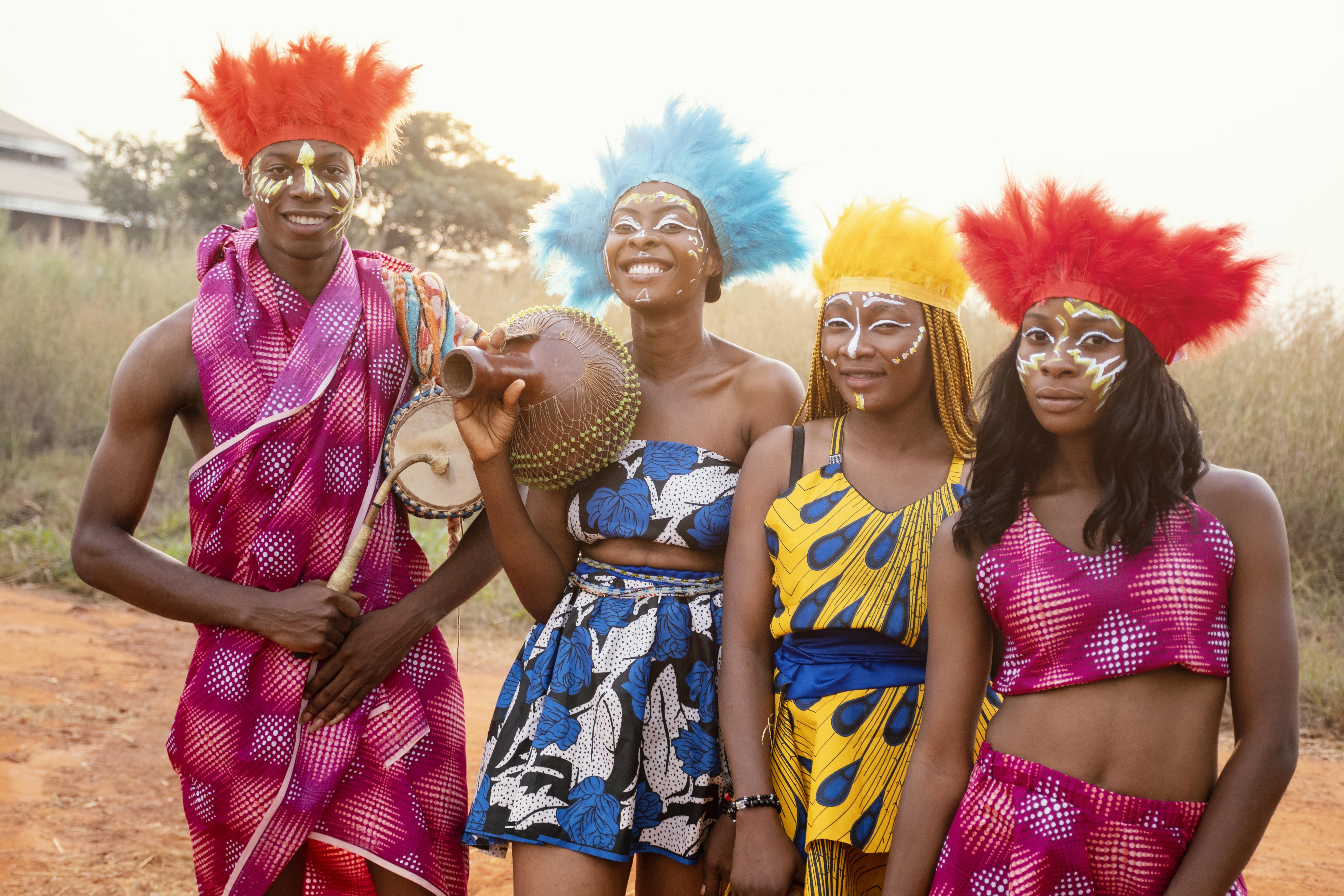LET'S TALK ABOUT KENYAN STUFF
David Mujenyi
David Mujenyi is a passionate writer and blogger who focuses on Kenyan culture, history, and current events. With a deep love for storytelling, David aims to share unique perspectives and insights about Kenya with the world.
Maasai Culture: Traditions, Lifestyle, and Heritage of East Africa’s Iconic Tribe
Category: Culture & Lifestyle

The Maasai people, indigenous to southern Kenya and northern Tanzania, are renowned for their distinctive culture, which has captivated global interest.heir traditions, deeply rooted in pastoralism, spirituality, and social structures, offer a unique perspective on harmonious coexistence with nature.
Pastoral Lifestyle
Central to Maasai culture is their pastoral lifestyle.attle are not merely a source of sustenance but also a measure of wealth and social standing.he Maasai diet traditionally includes meat, milk, and occasionally blood from their livestock.his deep connection to cattle influences various aspects of their daily life and rituals.
Spiritual Beliefs
The Maasai are monotheistic, worshipping a deity known as Enkai or Engai.his deity embodies dual aspects: Engai Narok (the benevolent Black God) and Engai Na-nyokie (the vengeful Red God).piritual leaders, called laibons, play pivotal roles in rituals, healing, and prophesying, guiding the community's spiritual and social matters.
Social Structure and Rites of Passage
The Maasai social system is organized into age sets and clans, with rites of passage marking transitions between life stages.ircumcision ceremonies signify the initiation of boys into manhood, preparing them for roles as warriors and, eventually, elders.or girls, rituals traditionally included practices like female genital mutilation (FGM), though there is a growing movement within the community and beyond to replace FGM with alternative rites that honor cultural significance without causing harm.
Music and Dance
Music and dance are integral to Maasai ceremonies and daily life.raditional songs often feature a call-and-response structure, with harmonies led by a song leader, or olaranyani.he iconic "jumping dance," or adumu, performed by young warriors, showcases their strength and agility, serving both as a rite of passage and a communal bonding activity.
Art and Jewelry
Maasai artisans are known for their intricate beadwork, creating vibrant jewelry that holds cultural significance.hese pieces often denote social status, age, marital status, and other personal identifiers.he colors and patterns used are rich in symbolism, reflecting the community's values and beliefs.
Language
he Maasai speak Maa, an Eastern Nilotic language.espite external influences, the Maasai have preserved their linguistic heritage, using Maa in daily communication and cultural practices.his resilience has helped maintain their cultural identity amidst changing socio-political landscapes.
Contemporary Challenges and Adaptation
In recent times, the Maasai face challenges due to environmental conservation efforts and tourism developments.nitiatives aimed at preserving wildlife habitats have sometimes led to displacement and restrictions on traditional grazing lands.owever, community-based conservation models are emerging, promoting sustainable coexistence between the Maasai, their livestock, and wildlife.hese models recognize the Maasai's role in environmental stewardship, integrating traditional knowledge with modern conservation practices.
The Maasai culture, with its rich tapestry of traditions, spirituality, and social systems, continues to be a subject of global fascination.heir ability to adapt while preserving core aspects of their identity offers valuable insights into sustainable living and cultural resilience.
Tags:
Published on: 2025-02-05 06:28:54
Related Posts

Agikuyu Culture: Traditions, Beliefs, and Heritage of Kenya’s Largest Ethnic Group
The Agikuyu, also known as the Kikuyu, are Kenya's largest ethnic group, primarily residing in the c...
Read More →David Mujenyi
David Mujenyi is a passionate writer and blogger who focuses on Kenyan culture, history, and current events. With a deep love for storytelling, David aims to share unique perspectives and insights about Kenya with the world.